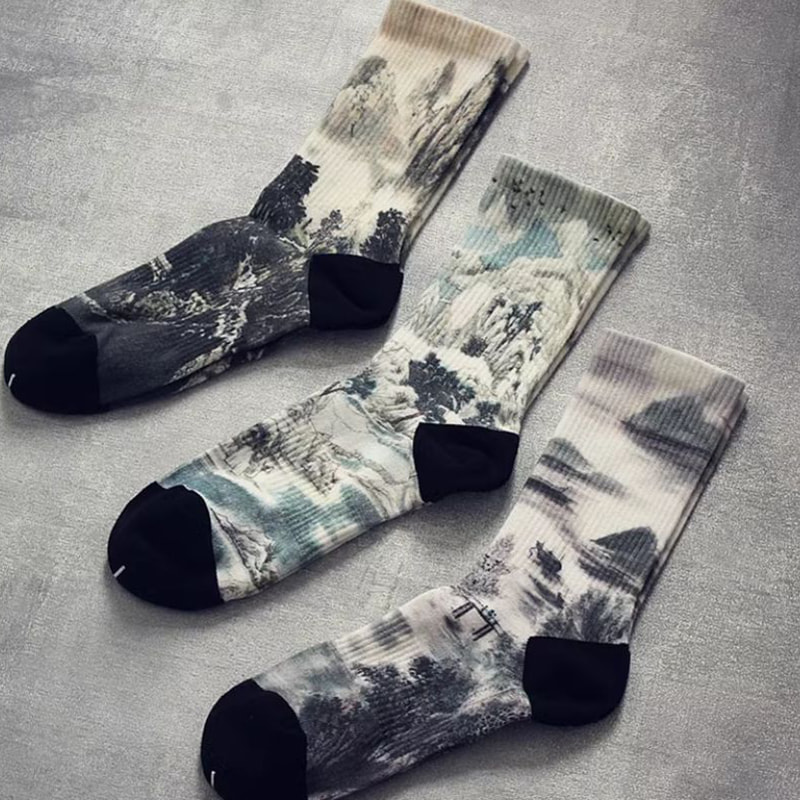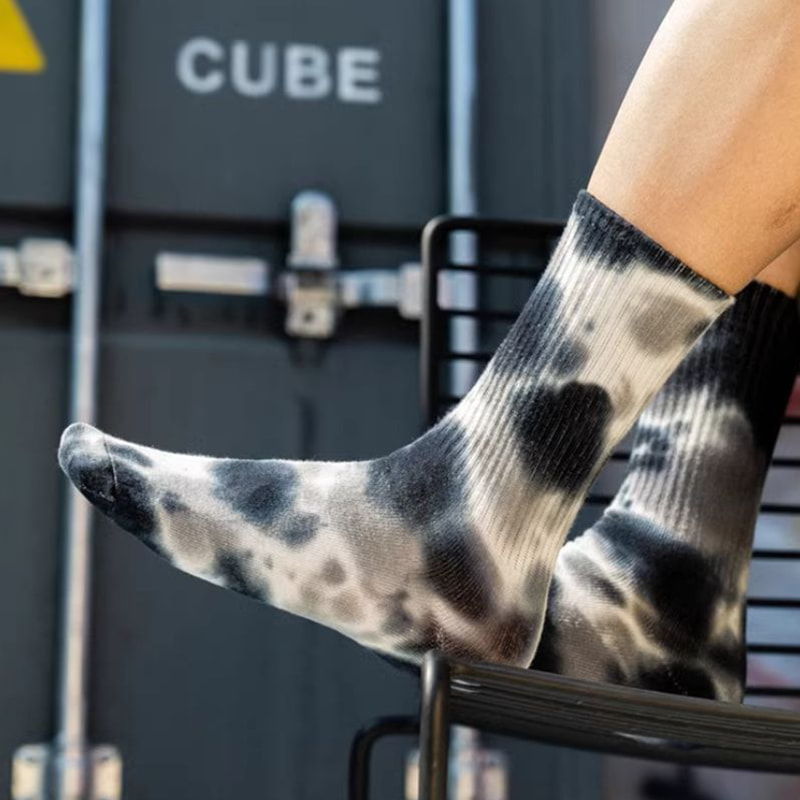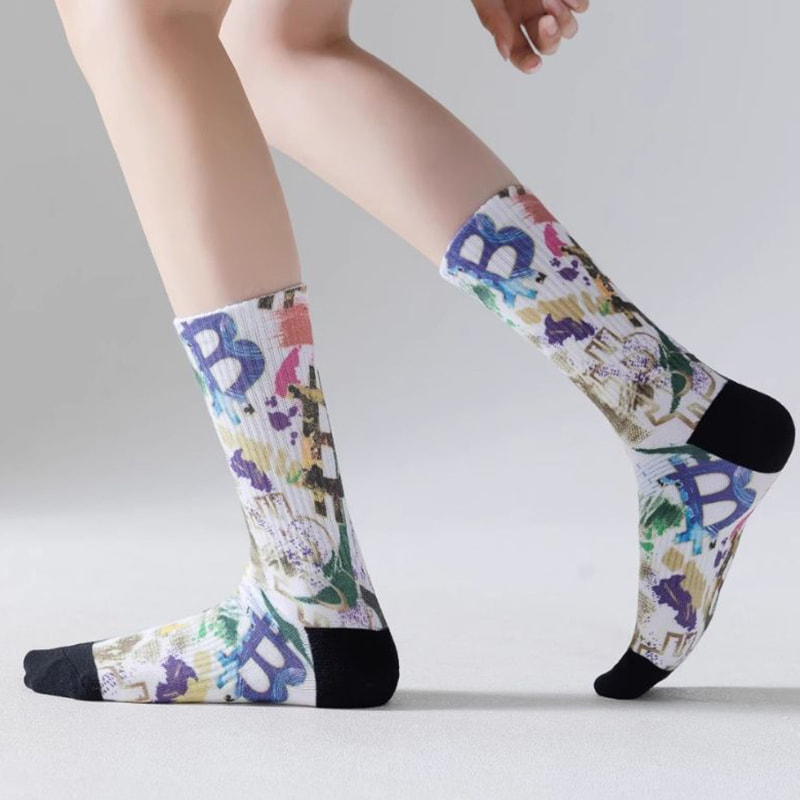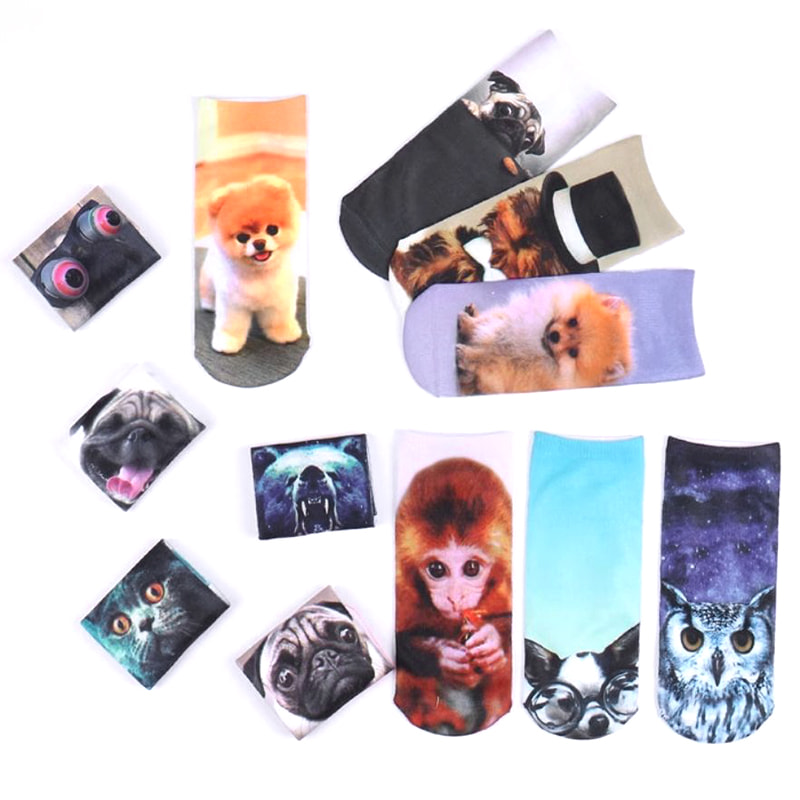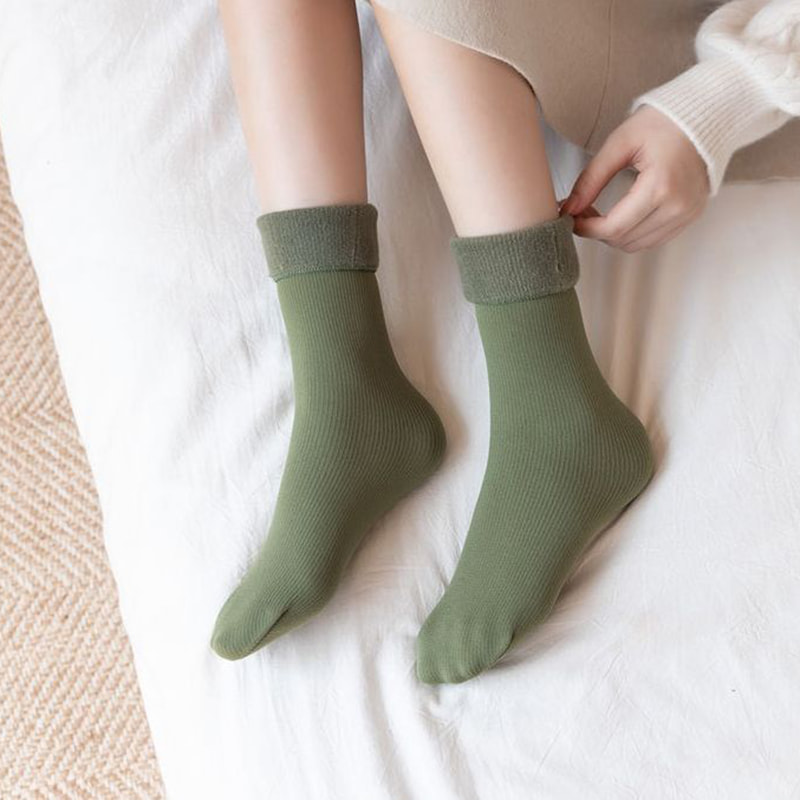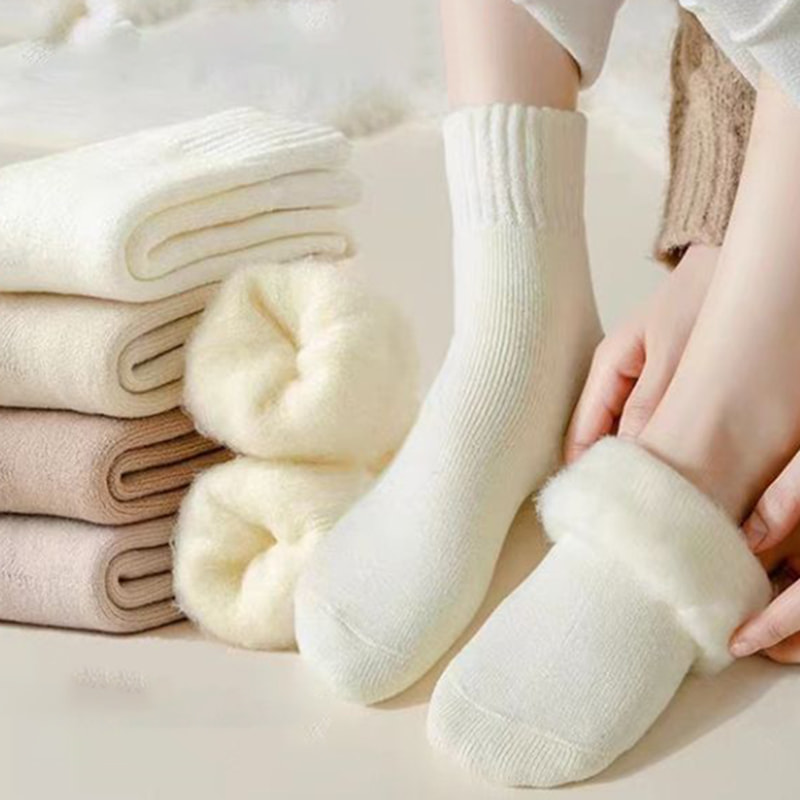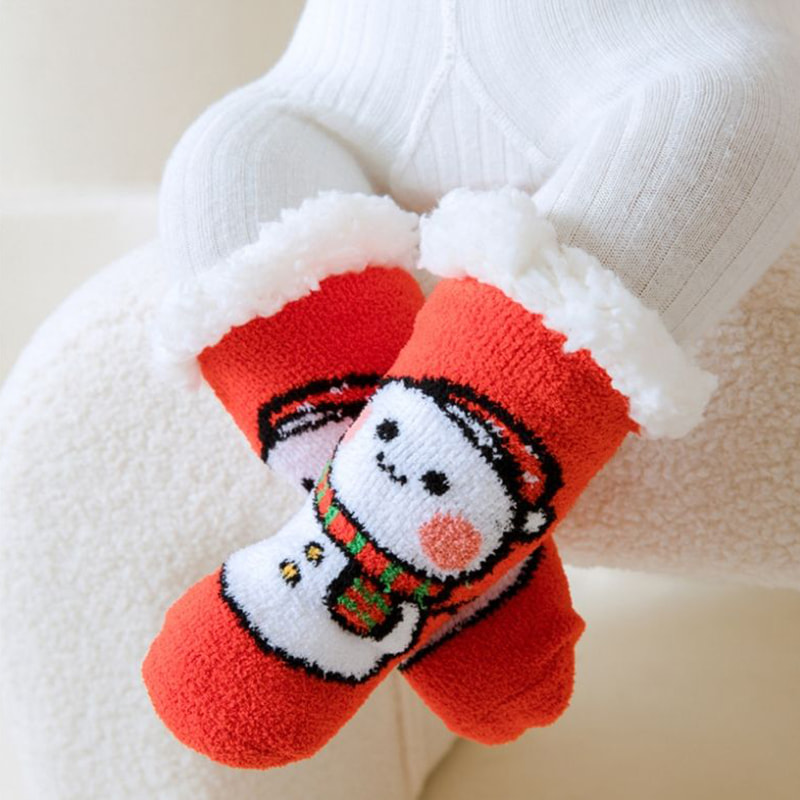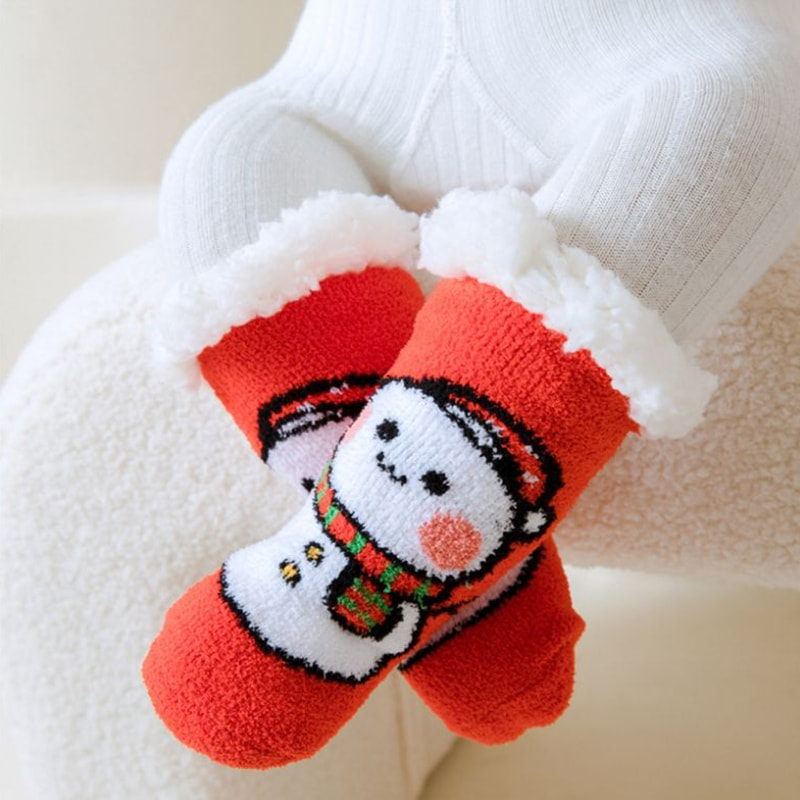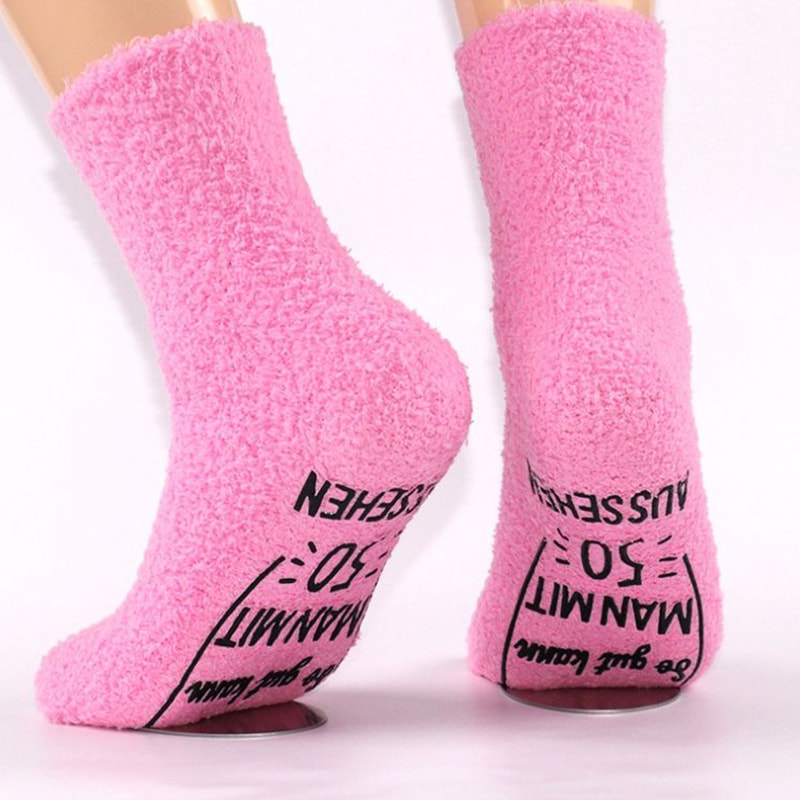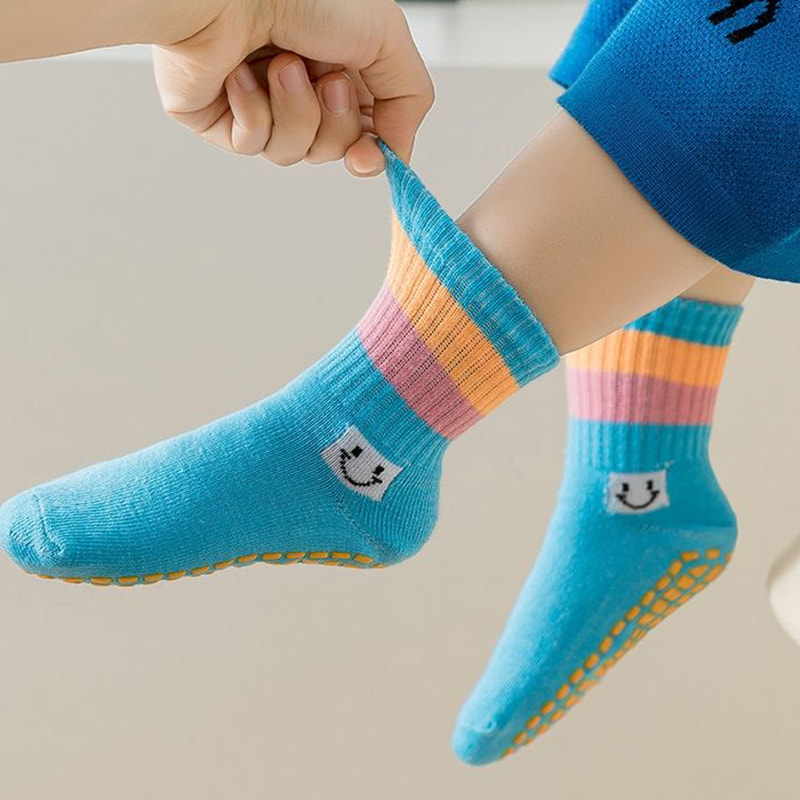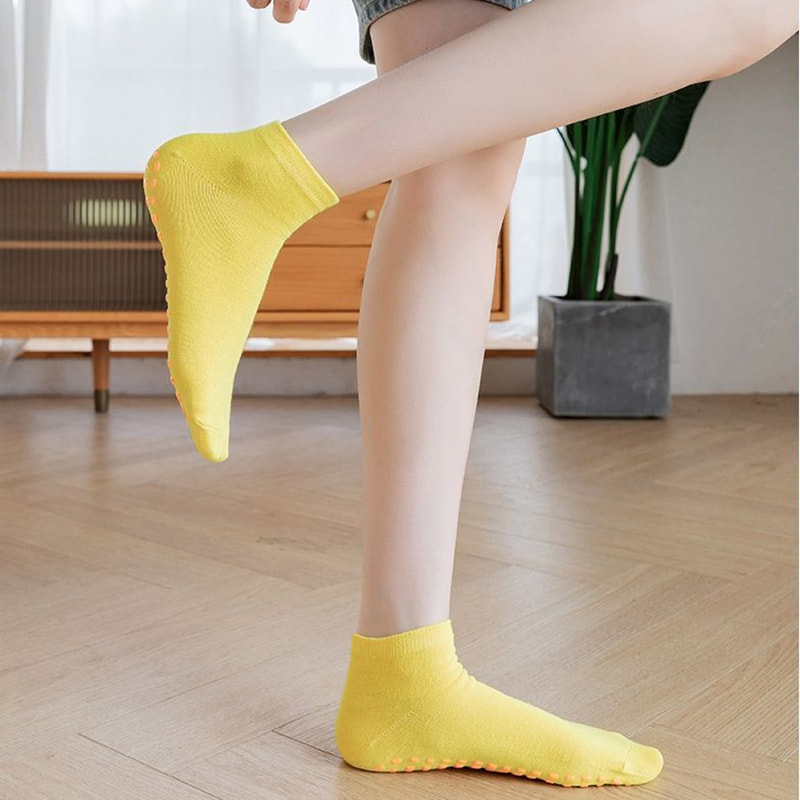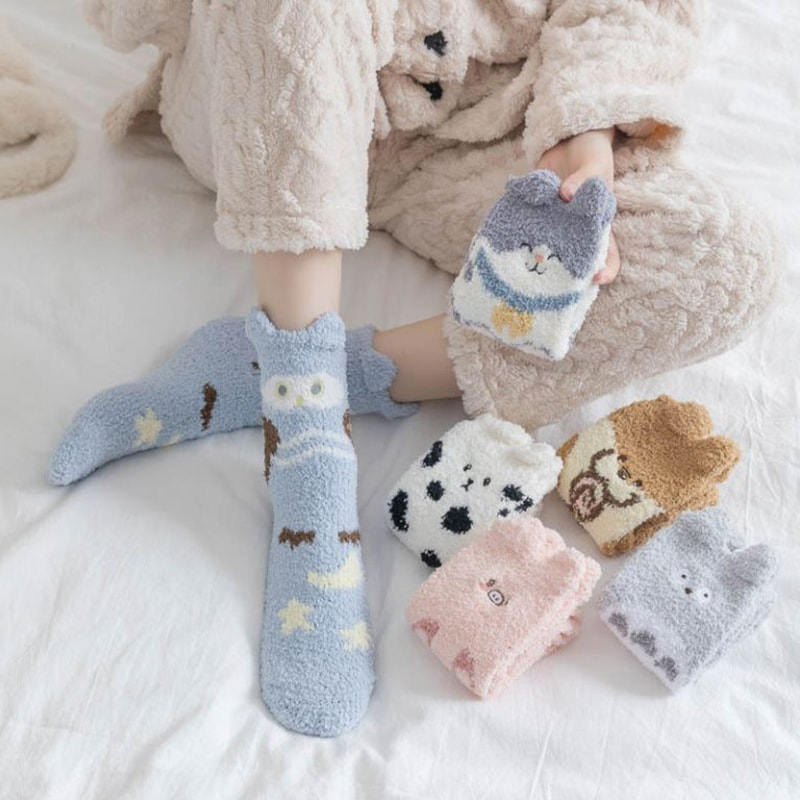High-quality material selection often uses fibers with good morphological memory properties, such as high-quality cotton fibers, blended fibers, etc. These fibers themselves have high strength and toughness. During multiple washing processes, the cohesion between the fibers will not be easily destroyed, and the original arrangement state can be better maintained. Take cotton fiber as an example. It has a natural spiral structure, which allows the fiber to recover to a certain extent after being stretched by external force. During the washing process, although it will be affected by factors such as water flow and friction, the spiral structure of high-quality cotton fiber will not be easily deformed, thereby ensuring the overall shape of children's over-the-knee socks. There will be no obvious shrinkage, deformation, etc.
A certain proportion of elastic fibers, such as spandex, are usually added to high-quality materials. Spandex is a synthetic fiber with extremely high elasticity. It can undergo large elastic deformation under very small external forces and can quickly recover to its original state after the external force is removed. Adding spandex to children's over-the-knee socks can significantly improve the elasticity of the socks. When the socks are stretched, spandex fibers can provide enough elastic recovery force to make the socks fit tightly to the child's legs without losing elasticity due to stretching. After multiple washes, the elastic properties of spandex fibers can still be maintained well, ensuring that the socks always have good elasticity and will not become loose or lose elasticity due to washing.
The fibers used in high-quality material selection have high strength, and they are not easily worn or broken during the washing process. During the washing process, the socks will be affected by the friction of water flow, detergent, and collision with other clothes. If the fiber strength is insufficient, it is easy to wear, pilling, etc., which will affect the shape and elasticity of the socks. High-quality fibers can withstand the effects of these external forces and reduce the impact of wear on the fiber structure. Even after multiple washes, the fibers can still maintain their complete structure and performance, thus ensuring that the shape and elasticity of the socks after washing are not greatly affected.
High-quality material selection not only focuses on the characteristics of the fiber itself, but also pays attention to the process of material selection. In the production process, advanced spinning, weaving and finishing processes are used to ensure that the fibers are more tightly and evenly bonded. For example, in the spinning process, the use of fine spinning technology can make the fibers more evenly arranged, reduce the gaps between fibers, and improve the strength and stability of the yarn. In the weaving process, the use of reasonable weaving density and weaving method can make the structure of the socks more compact and improve the overall stability of the socks. In the post-finishing process, the use of appropriate process treatments, such as shaping and softening, can further improve the shape and feel of the socks, so that they can still maintain a good condition after washing.


 English
English 中文简体
中文简体 Español
Español



